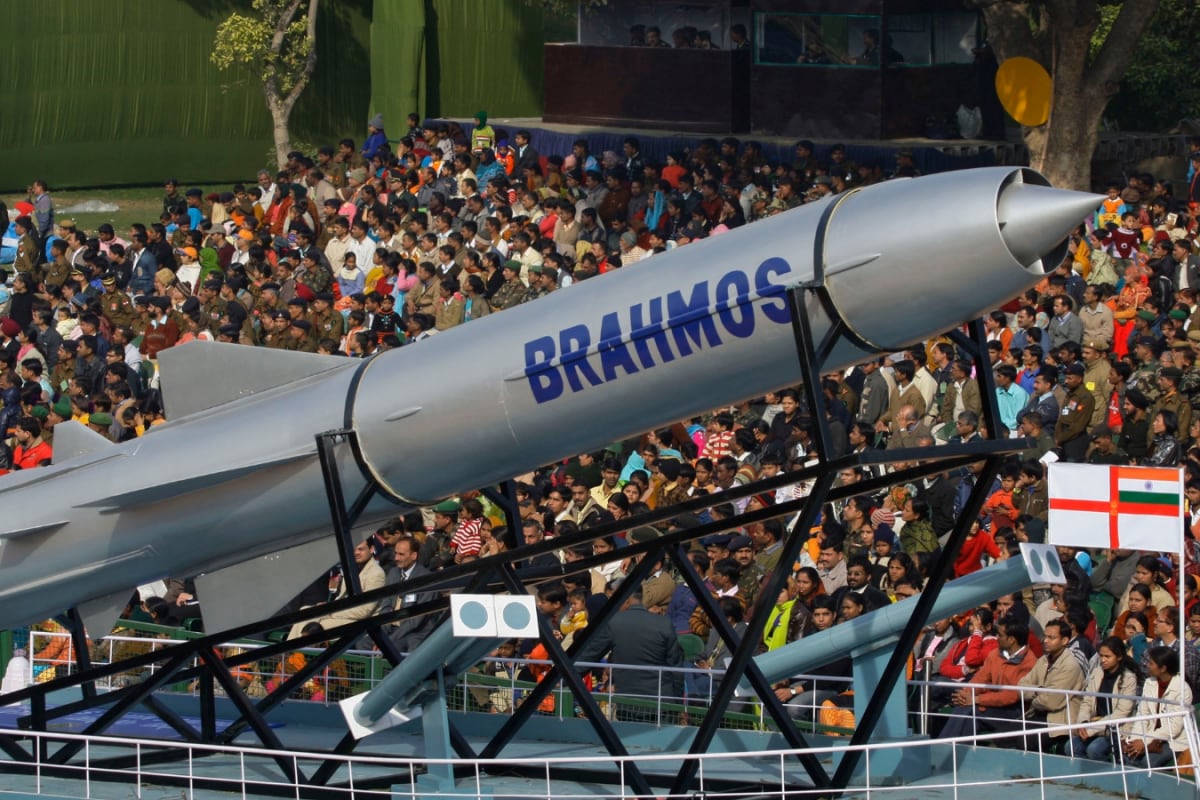The Indian Ballistic Missile Defence (BMD) Programme, a vision to create a multi-layered shield against incoming missile threats, has been steadily progressing, marking significant milestones in enhancing national security. This ambitious project, conceived in the late 1990s and officially launched in 2000 after the Kargil War, aims to protect India from ballistic missile attacks, primarily from Pakistan and China.
Phases of Development
The BMD program is being developed in phases to counter different ranges of missile threats.
- Phase-I: This phase focuses on intercepting missiles with a range of up to 2,000 km. It includes the Prithvi Air Defence (PAD) for high-altitude interception and the Advanced Air Defence (AAD) for lower-altitude interception. Phase 1 has been successfully tested and deployed. It is designed to protect Delhi and Mumbai. Recent reports suggest that Phase-I is being extended to cover major South Indian cities like Bangalore, Chennai and possibly Hyderabad.
- Phase-II: This phase aims to enhance interception capabilities against long-range missiles with ranges between 2,000 and 5,000 km. It involves the development of AD-1 and AD-2 interceptor missiles. The AD-2 missile is under development with a range of over 5,000 km and was scheduled for testing between 2024 and 2025.
- Phase-III: This phase aims to counter even more advanced threats, such as hypersonic glide vehicles, which travel at speeds exceeding Mach 5 and maneuver unpredictably.
Key Components and Technologies
The Indian BMD system comprises several key components working in synergy:
- Interceptor Missiles: These are the core of the BMD system, designed to destroy incoming missiles. The PAD missile intercepts missiles at exo-atmospheric altitudes (50-80 km), while the AAD missile intercepts at endo-atmospheric altitudes (up to 30 km). The AD-1 missile is designed for both low exo-atmospheric and endo-atmospheric interception roles and can neutralise nuclear-capable ballistic missiles with a range of about 5,000 km.
- Radars: An overlapping network of early warning and tracking radars is crucial for detecting and tracking incoming missiles. The Swordfish RADAR is a long-range tracking radar developed for the BMD system.
- Command and Control Posts: These centres manage and coordinate the entire BMD system, integrating data from various sensors and directing interceptor missiles. The Mission Control Centre (MCC) is the software intensive component of the ballistic missile defence system.
Strategic Significance
The BMD program holds significant strategic importance for India:
- National Security: It provides a robust shield against missile attacks, protecting key assets and population centres.
- Regional Deterrence: It enhances India's deterrence posture against potential adversaries in the region.
- Strategic Autonomy: It reduces dependence on foreign suppliers for critical defence technologies.
- Technological Advancement: It stimulates the indigenous defence industry, promoting self-reliance in critical domains.
Recent Developments
India has been actively testing and upgrading its BMD capabilities. On July 24, 2024, the Defence Research and Development Organisation (DRDO) successfully flight-tested the Phase-II Ballistic Missile Defence System, demonstrating the nation's capability to defend against ballistic missiles of the 5,000 km class.
Challenges and Future Directions
Despite the progress, the BMD program faces certain challenges:
- Technological Complexity: Integrating specialised technologies like interceptor missiles, tracking radars, and command centres is a complex task.
- Limited Interceptor Range: Current operational interceptor missiles have a limited interception range.
- Cost and Resources: Securing adequate funding and resources for research, development, testing, and deployment is crucial.
- Evolving Threats: The BMD system needs to evolve continuously to counter advanced and unpredictable missile capabilities from potential adversaries.
To address these challenges, India is focusing on:
- Continued investment in research and development.
- Indigenisation of critical technologies.
- Strategic partnerships with other countries.
- Development of advanced technologies like hypersonic glide vehicles and laser-based interception systems.
The Indian Ballistic Missile Defence program is a testament to the country's commitment to safeguarding its national security in an evolving threat landscape. With sustained efforts and technological advancements, India is steadily moving towards realising its vision of an "Iron Shield" to protect its skies.

